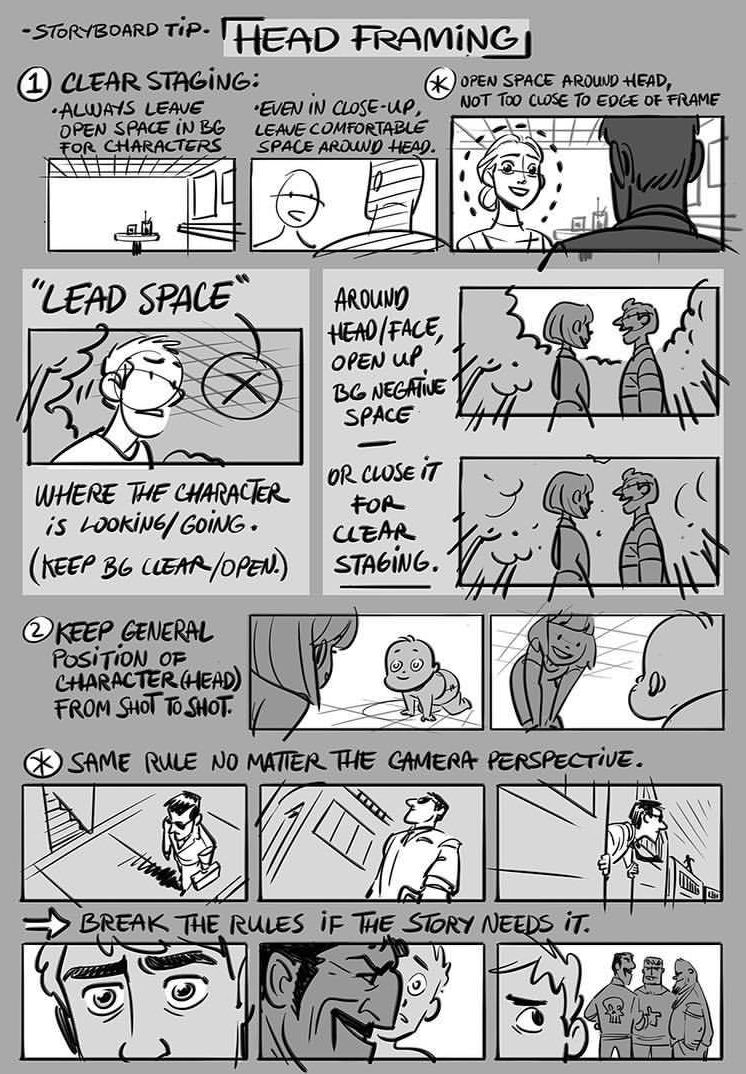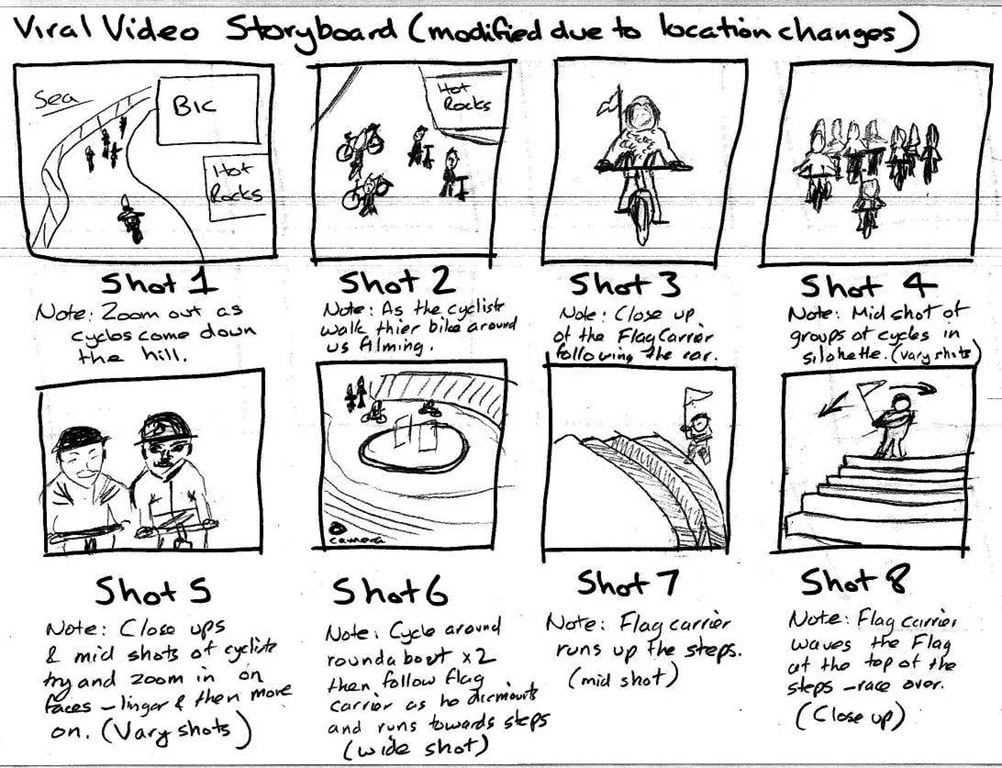Storyboarding and comics are two different mediums that are often used to visually communicate a story or message.
 |
| Storyboard example by floobynooby site |
A pre-visualization method utilized in the creation of animation, film, and video is storyboarding. For each shot of the story, including camera angles, speech, and action, a series of images must be made.
Before beginning filming or animation, storyboards are used to design and visualize the shots, scenes, and pace of a tale.
They support early revisions by assisting the filmmaker or animator in understanding the narrative flow.
 |
| comics example focus on camera shots by katrinaaxford |
Contrarily, comics are a type of sequential art that uses both text and graphics to tell a story.
There are many different types of comics, such as graphic novels, comic strips, and manga.
In comics, the text is utilized to provide background information and context while the images are used to depict feelings, actions, and dialogue.
Compared to other kinds of visual storytelling, comics frequently have a unique aesthetic and storytelling methods.
 |
| comics example by majid magazine |
A storyboard is similar to comics in the sense that both use visual storytelling to convey a narrative or sequence of events.
Storyboards use illustrations or sketches to visualize the scenes and shots in a movie, video, or animation, while comics use a combination of images and text to tell a story.
However, storyboards are typically more focused on outlining the technical aspects of a production, while comics place a greater emphasis on character development and dialogue.
Purpose: Storyboards are typically used in the pre-production process of film, video, and animation to plan out shots and scenes, while comics aim to tell a narrative through illustrations and sketches.
Visual Style: Storyboards tend to be more straightforward and technical, while comics are known for their character development and emphasis on dialogue.
Detail: Storyboards tend to focus on technical details such as camera angles and shot composition, while comics often delve deeper into character motivations, emotions, and dialogue.
Final Product: Storyboards are often used as a planning tool and are not intended to be seen by the public, while comics are a finished product intended to be read by an audience.
Audience: Storyboards are primarily intended for filmmakers, animators, and other production team members, while comics are intended for a wider audience.
In conclusion, while both storyboarding and comics are used to visually communicate stories, they serve different purposes and are used in different stages of the storytelling process.
Storyboarding is primarily used for planning and visualizing a story, while comics are used for telling a story.
